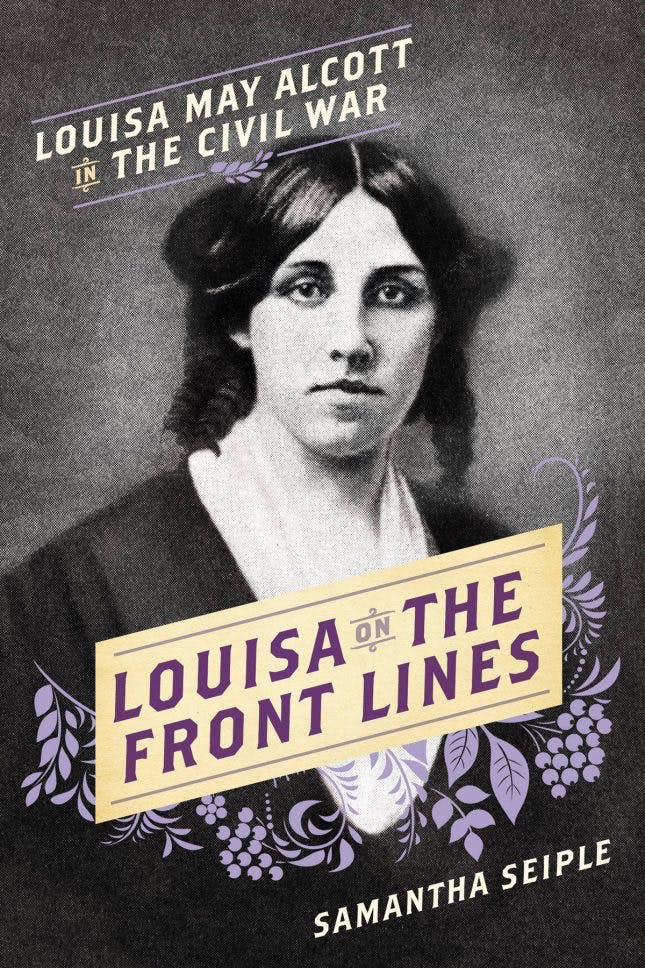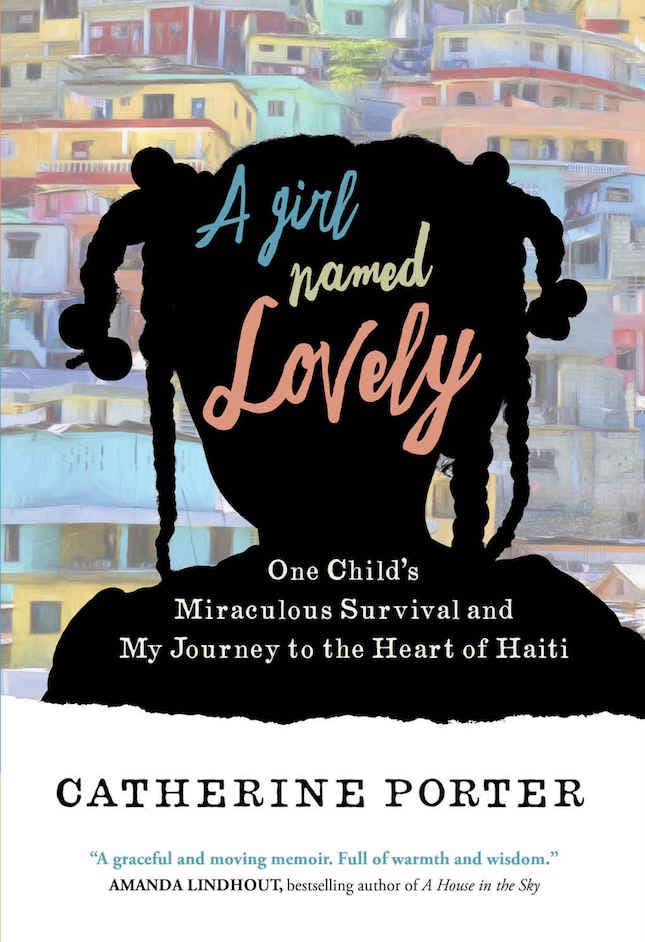3 New Books About Women on the Front Lines of History
When it comes to the history books, women are often sidelined rather than underlined. In this week’s book club are three new volumes about women who have put themselves on the front lines and headlines of history. Spanning hundreds of years and all set in different countries, the books feature women who used what opportunities they had to make a difference.
1. Devices and Desires: Bess of Hardwick and the Building of Elizabethan England by Kate Hubbard ($30): Potent and persistent, Bess Hardwick has been negatively characterized by male historians over the centuries as calculating, ambitious and tough — strangely enough, words that seem to inspire positive sentiments when applied to her male counterparts. Smeared as a serial widow who left a trail of dead husbands and their inheritances in her wake, Bess was actually far more interested in creating than destruction. Incredibly rare for her time, she was responsible for commissioning the building of several large and impressive estates around the English countryside, in particular, the famous Hardwick Hall.
“Bess was only able to live apart from her estranged husband, the Earl of Shrewsbury, in the latter years of their marriage because she enjoyed an unusual degree of financial independence. She was a highly efficient manager of her husbands’ houses and estates, but she went further, amassing property and estates of her own, pursuing her dynastic ambitions and business interests, extending her influence, and, as a four-times widow, capitalising and building on her inheritance with spectacular results…Bess’s motives for building were different, much closer in fact to her male contemporaries: she wished to make her mar, to leave a legacy in the shape of bricks and mortar, to honour and glorify the dynasty she founded. As a woman, and as the initiator and driving force behind four great houses in sixteenth-century England, she was unique.”
Hubbard’s book focuses on Bess the Builder, and how she fit in to the male-dominated architectural world. It finds her mark in the lines and design of her great houses, making use of the copious material from the Evidence House in Hardwick Hall, which for four centuries contained all the documentation of Bess’ life as a landowner and deed-holder until it was moved to nearby Chatsworth. It also describes Bess’ gradual ascent up the social ladder by marriage, and her acquaintanceship with Mary Stuart when the latter was under Queen Elizabeth’s order of house arrest at the Earl of Shrewsbury, her fourth husband’s, estate. Countess Bess literally helped build history!
2. Louisa on the Front Lines: Louisa May Alcott in the Civil War by Samantha Seiple ($27): When Louisa May Alcott was asked by avid fans how much of her wildly popular novel, Little Women, was based in real autobiographical detail, she would respond, “Mr. March did not go to the war, but Jo did.” Jo, the spunky, bright heroine of Alcott’s novel, was a writer like Alcott herself, and shared with her many other attributes. One thing Jo March never did, however, was serve at the front lines of the Civil War; that was the job of her creator. Alcott’s father was an idealist above all else, who did not believe in being paid for his work. Attempting to compensate so that the family could be fed, her mother Abba became Boston’s first paid social worker. Highly educated and progressive like her intellectually rich but cash-poor parents, Alcott was a fierce abolitionist; John Brown was a family friend, and Harriet Tubman had stayed at the family home.
“Abba’s practicality and quest to earn money greatly influence Lu, feeding her growing ambition. Abba’s struggle was Lu’s living example that women deserved better-paying jobs and equal rights. Her mother was also very vocal about women’s right to vote, writing a petition and sending it to the state legislature in 1852 (it was rejected). Lu’s father was a role model too, influencing her belief that a woman should be self-reliant. Abba reinforced these beliefs by encouraging Lu and her sisters to learn a trade as they sought work to support the family. ‘My girls shall have trades,’ Abba informed her brother.”
Her strong belief in equality likely would have seen her joining up as a soldier in the Union Army, had the chance been given to her. Instead, she was initially relegated to doing tasks at home to help the soldiers, such as sewing badly-needed garments. As the war went on, however, she got her chance to see the conflict for herself: not as a soldier, but as a paid nurse. Female nurses were few and far between, and in fact, were considered low class. A dearth of male nurses and a surfeit of injuries made it necessary for the army to open its ranks to women, and Alcott joined up very quickly. A skilled runner, also unusual for women at the time, she was well-suited to the grueling physical tasks of frontline nursing. Seiple’s book reports in detail about Alcott’s time as a nurse, the journal she kept while she was there, and the letters she sent home that were published in the newspaper. In her writing, Alcott advocated against the poor state of military hospitals and the intense suffering she saw there, and her experience would forever shape her into the writer we still love today.
3. A Girl Named Lovely: One Child’s Miraculous Survival and My Journey to the Heart of Haiti by Catherine Porter ($18): “In the late afternoon of January 12, 2010, an earthquake struck Haiti near the town of Léogâne, twenty-five kilometers outside the country’s already destitute capital, Port-au-Prince. The destruction was unlike anything the world had seen since World War II: as many as 300,000 people killed, another 300,000 injured, 1.5 million made homeless. The carnage was caused not just by the earthquake, which was 7.0 on the Richter scale, but also by decades of neglect and poverty…Haiti would soon claim a second title: the recipient of the world’s largest international aid effort, an accolade that would in time reveal itself to be a mixed blessing. But in those first fragile days after the earthquake, hundreds of people were dug out from the wreckage, to the cheers of rescue crews. Each one was considered sacred. Six days after the earthquake, a two-year-old girl – covered in dust and crying for her mother – was hauled out from a broken home. Her name was Lovely, and she would become sacred to me.”
Catherine Porter might be the one name on the list that you don’t recognize. Yet. The former Toronto Star reporter (and current Canada bureau chief for The New York Times) was sent to Haiti in 2010, after a massive earthquake rocked the small Caribbean nation and brought into sharp relief the effects of centuries of imperialism, exploitation, and political instability. Eager to prove herself on her “big break” as a foreign correspondent, Porter was also deeply nervous about the chaos she would encounter, and her own abilities to handle it. While there was untold horror in the aftermath of the earthquake, there were also stories of hope. Porter was told by relief workers about a “miracle child,” who had been pulled from the wreckage six days after the earthquake, largely unscathed. Porter located the child, named Lovely, and followed her story through her reunion with her family.
As a reporter, Porter’s involvement with Lovely’s story should have ended at this point. But as a human being and a mother, she couldn’t stop thinking about the girl’s situation, and raised money for Lovely’s education, later funding an entire school. This began an increasingly complex and confusing relationship with Lovely’s family, who Porter would visit 17 times over the next five years, combining her trips with stories about the country’s difficulties in dealing both with the massive tragedy and the help it received. Porter hoped to make a difference in Lovely’s life, while realizing that donations and aid were not simple solutions, and in fact could cause major problems of their own. Porter struggles to balance objectivity and compassion, writing about the need for both when you’re on the front lines of seemingly insurmountable tragedy.
What books give you a front-row seat to history? Tag us in your next world-building read @BritandCo.
Brit + Co may at times use affiliate links to promote products sold by others, but always offers genuine editorial recommendations.





